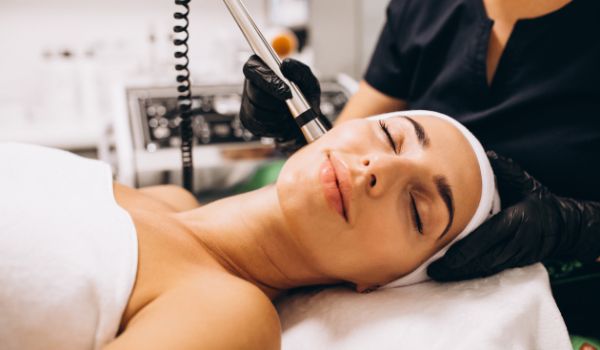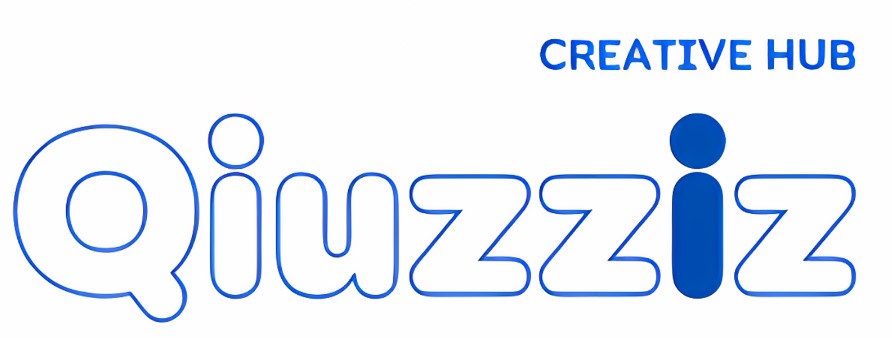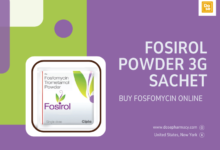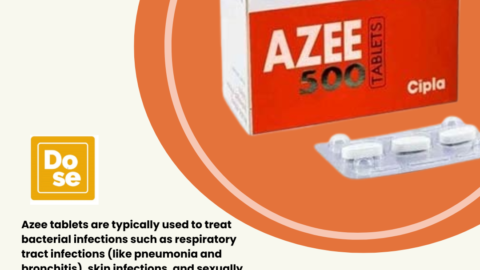Discover Transformative Power of RMD Therapy for Holistic Healing

What Is RMD Therapy?
In the growing field of physical rehabilitation and wellness, RMD Therapy is emerging as a powerful approach to treating chronic pain, improving mobility, and enhancing overall well-being. RMD Therapy is a non-invasive, therapeutic technique that blends advanced neuromuscular treatments, manual therapy, and movement-based strategies to restore balance and function in the body. Its goal is not just symptom relief, but long-term healing from the root cause of pain or dysfunction.
Whether you’re recovering from an injury, dealing with long-standing muscle imbalances, or seeking a natural alternative to medications or surgery, RMD Therapy offers a comprehensive and personalized treatment plan tailored to each individual’s unique needs.
How Does RMD Therapy Work?
RMD Therapy combines elements from a variety of disciplines such as physiotherapy, massage therapy, osteopathy, and chiropractic care. It is grounded in the belief that the body functions best when it is in proper alignment, with nerves, muscles, and joints working in harmony.
What sets RMD Therapy apart from traditional treatments is its emphasis on understanding how the entire musculoskeletal system works together. Rather than focusing only on the painful area, therapists assess posture, movement patterns, and muscular coordination to find and correct the underlying causes of dysfunction.
The therapy often includes:
-
Neuromuscular retraining
-
Manual soft tissue manipulation
-
Corrective exercises
-
Postural adjustments
-
Breathing techniques
This integrated method supports lasting change, rather than temporary symptom management.
Conditions That Benefit from RMD Therapy
RMD Therapy has been effective for a wide range of physical issues. Some of the most common conditions treated include:
1. Chronic Pain
Conditions such as fibromyalgia, chronic back pain, and joint stiffness respond well to RMD Therapy. By identifying dysfunctional movement patterns and correcting muscular imbalances, therapists help reduce inflammation and pain.
2. Sports Injuries
Athletes recovering from muscle strains, ligament tears, or overuse injuries benefit from the individualized rehabilitation approach RMD Therapy offers. It not only accelerates recovery but also reduces the risk of re-injury.
3. Post-Surgical Rehabilitation
Following surgery, especially orthopedic procedures, RMD Therapy can be instrumental in restoring mobility and function while minimizing scar tissue formation and stiffness.
4. Postural Disorders
Desk workers, drivers, and others with sedentary lifestyles often suffer from poor posture, leading to chronic pain and musculoskeletal imbalances. RMD Therapy addresses the root of these issues by re-educating the body to move and hold itself properly.
What to Expect During an RMD Therapy Session
An initial session typically begins with a comprehensive assessment that includes a discussion of your medical history, current symptoms, lifestyle, and movement habits. A postural and biomechanical evaluation follows, allowing the therapist to identify areas of tension, imbalance, and dysfunction.
From there, a personalized treatment plan is developed. Sessions may involve hands-on techniques to release tight muscles and improve circulation, guided movement exercises to enhance neuromuscular coordination, and education to help patients understand how to maintain improvements on their own.
Therapists may also use tools such as myofascial release devices, resistance bands, or balance boards to support the therapy process.
Why Choose RMD Therapy Over Conventional Methods?
While conventional treatments often focus on symptom relief—using medication, passive therapies, or surgery—RMD Therapy emphasizes functional improvement and sustainable results. Its holistic nature means the therapy is not limited to the injury site but considers the entire kinetic chain, from head to toe.
Key advantages include:
-
Personalized treatment: Every session is tailored to the individual’s needs and goals.
-
Non-invasive approach: Avoids medications and surgery.
-
Focus on prevention: Educates patients on posture, movement, and ergonomics to prevent recurrence.
-
Root cause resolution: Addresses deeper issues rather than treating surface symptoms.
Who Can Benefit from RMD Therapy?
RMD Therapy is suitable for individuals of all ages and activity levels. Whether you are a competitive athlete, a senior managing age-related mobility challenges, or a professional dealing with work-related stress and posture problems, this therapy can be adapted to meet your specific requirements.
Even those without specific pain conditions can benefit from RMD Therapy. Many clients seek treatment to improve their body awareness, boost performance in physical activities, or manage stress and tension more effectively.
The Importance of Consistency and Commitment
One of the key principles behind the success of RMD Therapy is consistency. While some individuals may feel relief after just one session, lasting results come from ongoing work and collaboration between the client and therapist.
Clients are often given home-based exercises and lifestyle recommendations. Committing to these changes, along with regular therapy sessions, leads to better outcomes and a more empowered approach to personal health.
RMD Therapy as Part of a Holistic Lifestyle
Incorporating RMD Therapy into your wellness routine supports a more mindful and proactive approach to health. It complements other practices such as yoga, Pilates, strength training, and meditation.
As awareness grows around the limitations of symptom-based medical care, more people are turning to integrative therapies like RMD for long-term solutions. It encourages a deeper understanding of one’s body, promoting not just healing but a renewed relationship with movement and self-care.
Final Thoughts: A Step Toward Lasting Healing
RMD Therapy stands out as a truly integrative and client-centered approach to health. With its focus on uncovering the root causes of physical dysfunction, its emphasis on education and empowerment, and its use of customized, hands-on techniques, RMD Therapy has proven to be a powerful tool for those looking to restore balance and vitality in their lives.
If you’re tired of temporary fixes and are ready to invest in a deeper level of healing, RMD Therapy may be the transformative approach you’ve been searching for.









